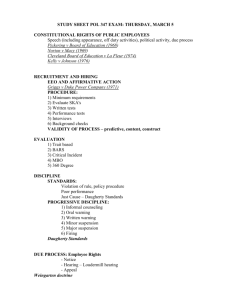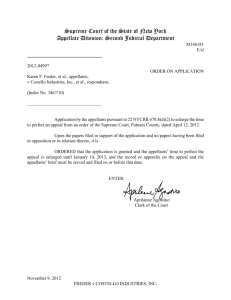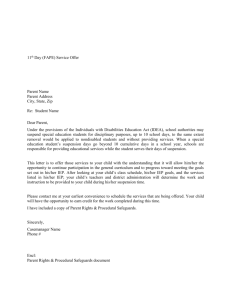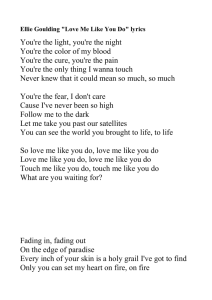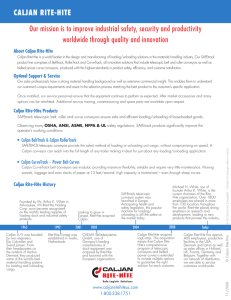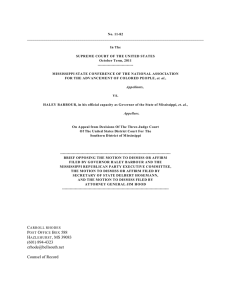JJ Food Service Ltd v Westminster
advertisement
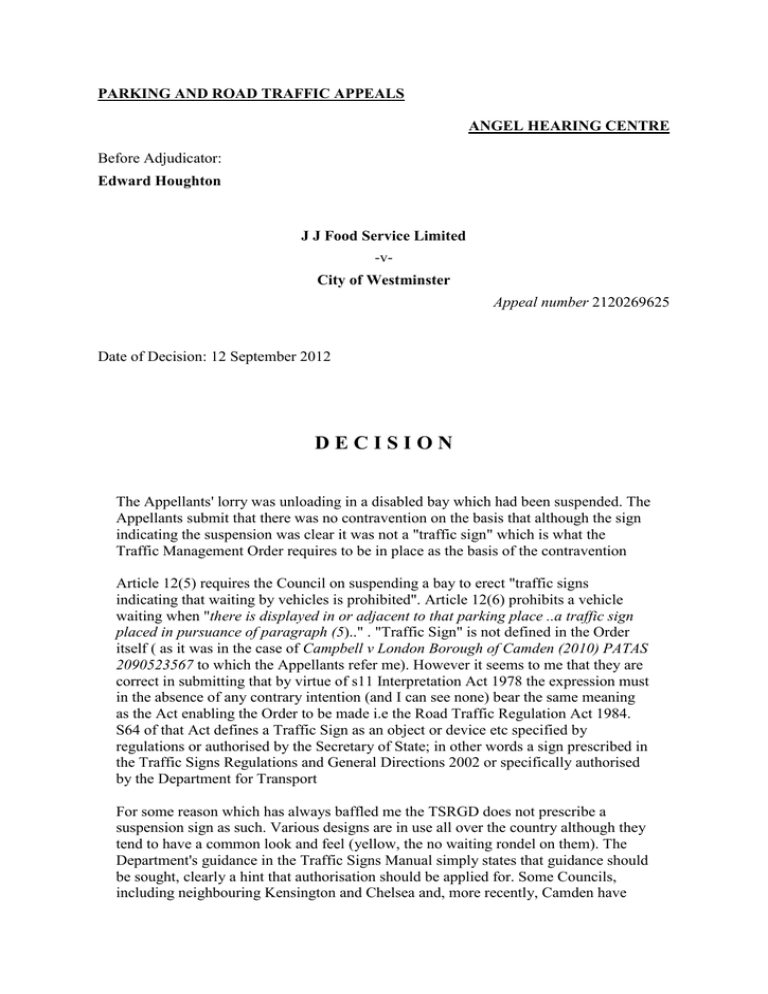
PARKING AND ROAD TRAFFIC APPEALS ANGEL HEARING CENTRE Before Adjudicator: Edward Houghton J J Food Service Limited -vCity of Westminster Appeal number 2120269625 Date of Decision: 12 September 2012 DECISION The Appellants' lorry was unloading in a disabled bay which had been suspended. The Appellants submit that there was no contravention on the basis that although the sign indicating the suspension was clear it was not a "traffic sign" which is what the Traffic Management Order requires to be in place as the basis of the contravention Article 12(5) requires the Council on suspending a bay to erect "traffic signs indicating that waiting by vehicles is prohibited". Article 12(6) prohibits a vehicle waiting when "there is displayed in or adjacent to that parking place ..a traffic sign placed in pursuance of paragraph (5).." . "Traffic Sign" is not defined in the Order itself ( as it was in the case of Campbell v London Borough of Camden (2010) PATAS 2090523567 to which the Appellants refer me). However it seems to me that they are correct in submitting that by virtue of s11 Interpretation Act 1978 the expression must in the absence of any contrary intention (and I can see none) bear the same meaning as the Act enabling the Order to be made i.e the Road Traffic Regulation Act 1984. S64 of that Act defines a Traffic Sign as an object or device etc specified by regulations or authorised by the Secretary of State; in other words a sign prescribed in the Traffic Signs Regulations and General Directions 2002 or specifically authorised by the Department for Transport For some reason which has always baffled me the TSRGD does not prescribe a suspension sign as such. Various designs are in use all over the country although they tend to have a common look and feel (yellow, the no waiting rondel on them). The Department's guidance in the Traffic Signs Manual simply states that guidance should be sought, clearly a hint that authorisation should be applied for. Some Councils, including neighbouring Kensington and Chelsea and, more recently, Camden have done so. The Traffic Management Order in this case ( and a good many others , this being a standard form provision) therefore seems to require the Council to obtain authorisation for suspension signs This was the basis of my decision in Campbell. That decision ( and the TSM guidance), however, pre-dates the important decision of the Court of Appeal in R v The Parking Adjudicator and Sunderland City Council on the application of Herron [2010]EWHC 1161(Admin) which of course is binding on me. The Court in that case decided that the test to be applied in signs and lines cases is one of substantial compliance. It seems to me that the case does not go so far as to decide that clarity is all that is required; however it is clearly an important factor, and once a sign is clear enough to give adequate information to the motorist of the restriction relied on, substantial compliance with the Regulations will suffice. The Court said "If by "properly signed (the Adjudicator) meant that the sign had to be in substantial compliance with the statutory specification and not such as to mislead or fail to inform the motorist I would agree with him". Although there is no "suspension sign" as such prescribed by the TSRGD it does contain a sign ( Diagram 636) for "Temporary prohibition of waiting except for loading and unloading"; and another sign (Diagram 636.1) for the "Temporary prohibition of loading and unloading". The TMO requires the traffic sign to indicate that waiting is prohibited and ( by implication, in the absence of a loading exemption) that loading is as well. Diagrams 636 and 636.1 are traffic signs, and are in my view appropriately used to give that indication. The indented edges to the yellow surround in the illustrations of the sign are an indication that they may appear on a yellow background in a variety of unspecified circumstances. It seems to me that the inclusion of these prescribed symbols and words is sufficient for it to be said that the sign is a substantially compliant traffic sign even if it contains other words reinforcing the message and spelling out the location and extent of the suspension. I am therefore satisfied the restriction was clearly and correctly signed and that the vehicle was in contravention. The PCN was correctly issued. I accept the Council's evidence that at the date the charge certificate was issued it had not yet been informed that an Appeal had been lodged. No procedural impropriety occurred.
